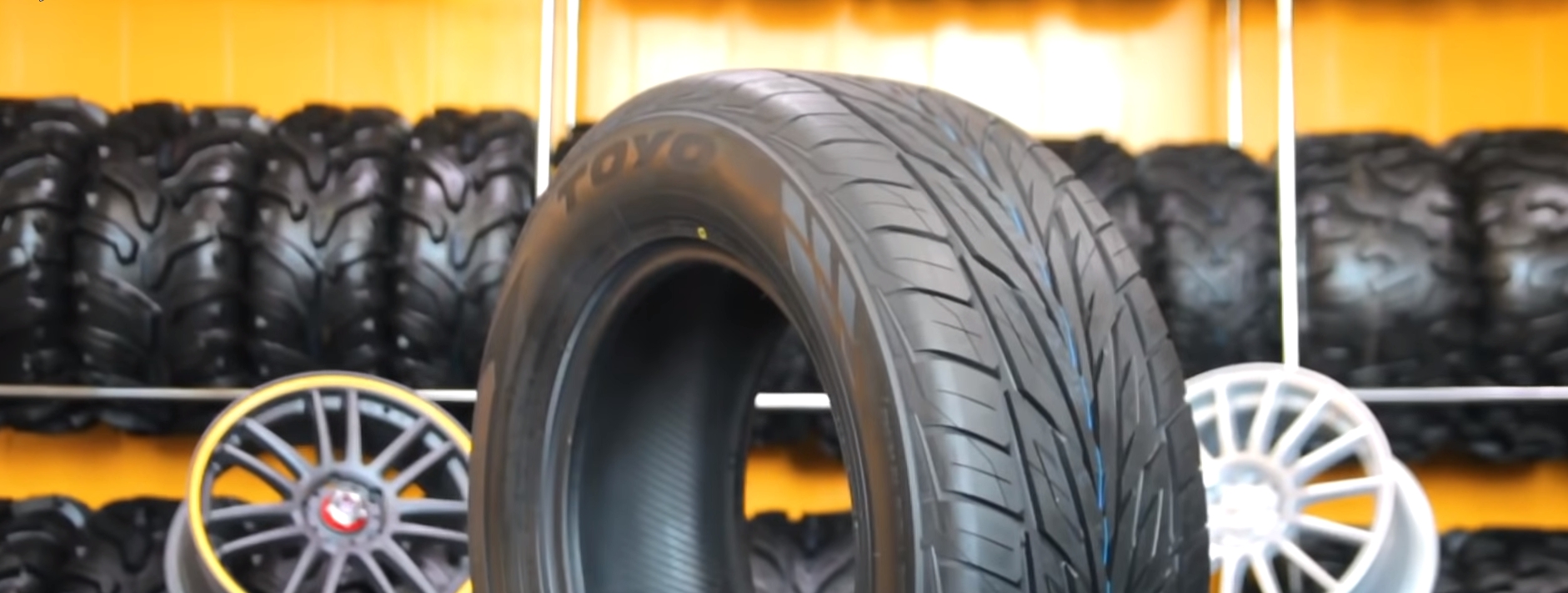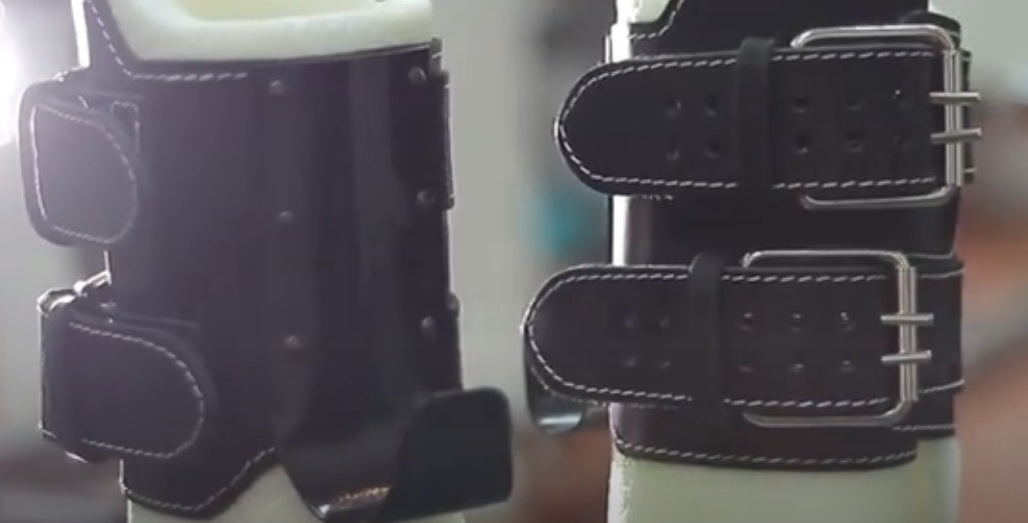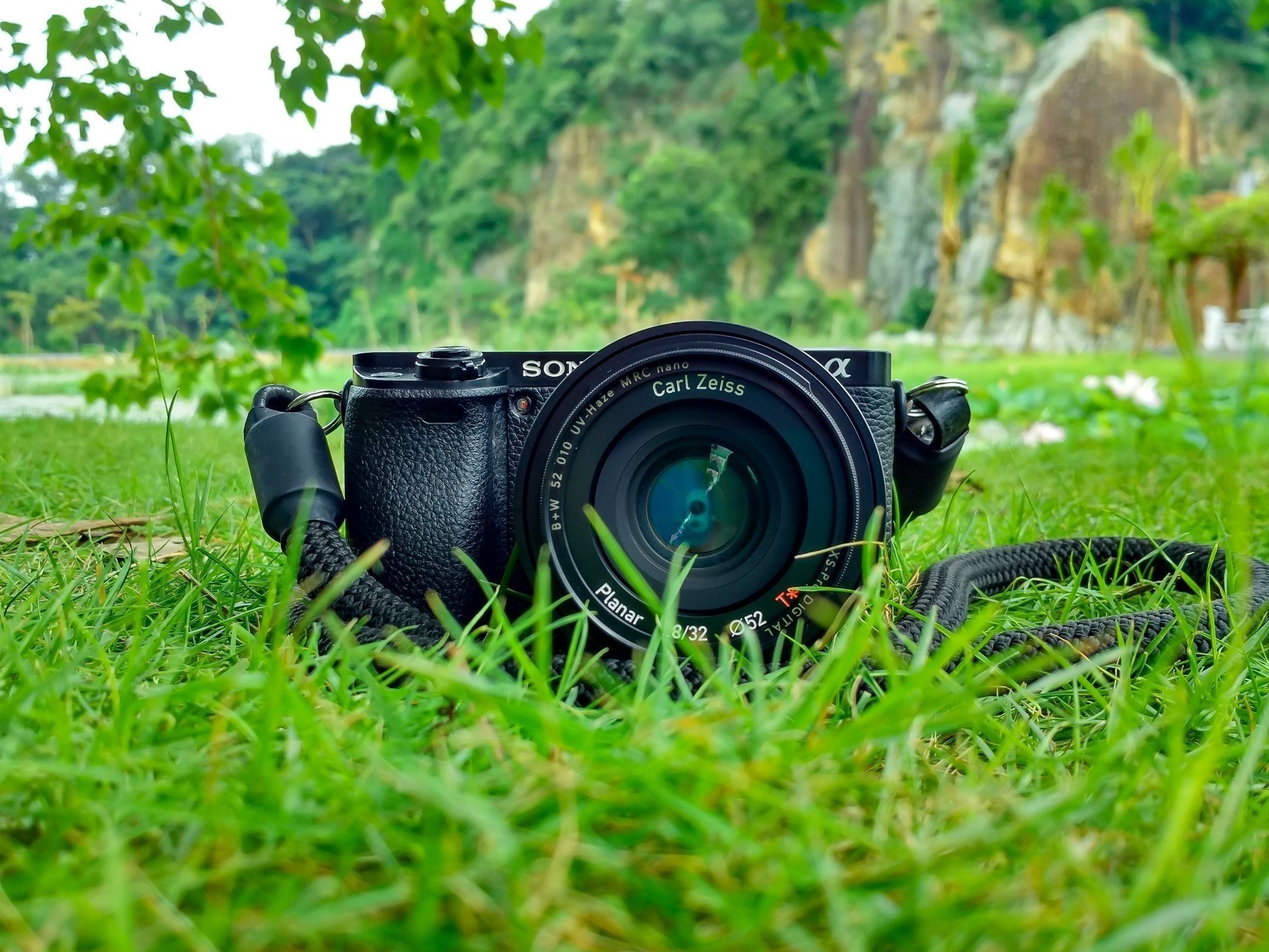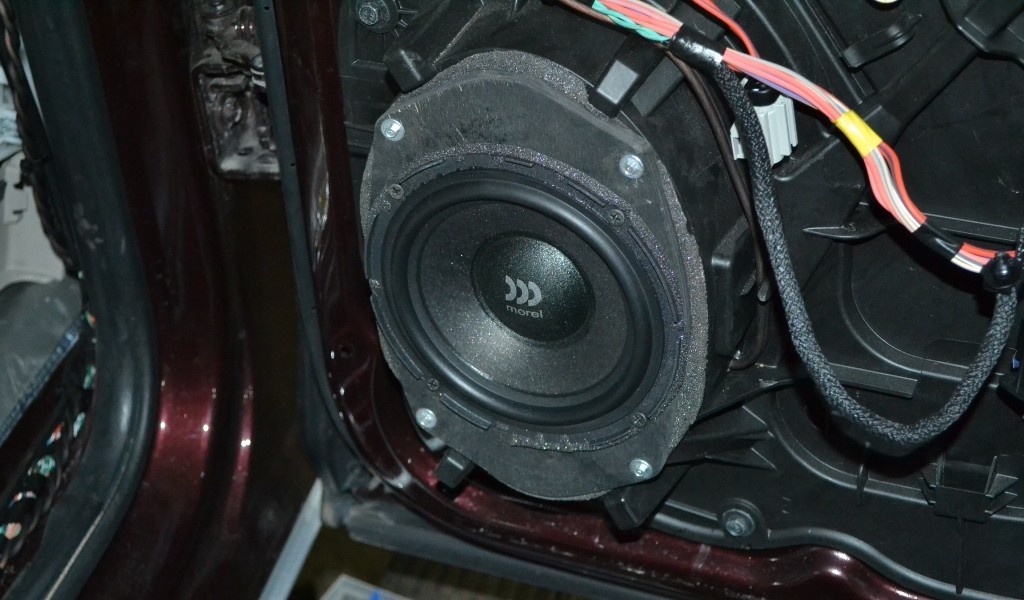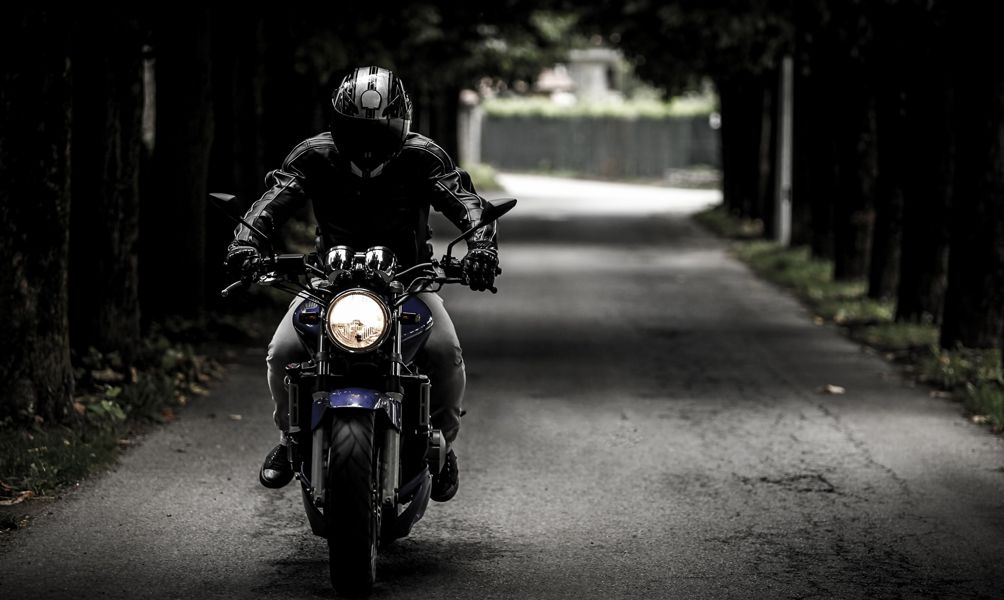Rating of the best bathroom tiles for 2025
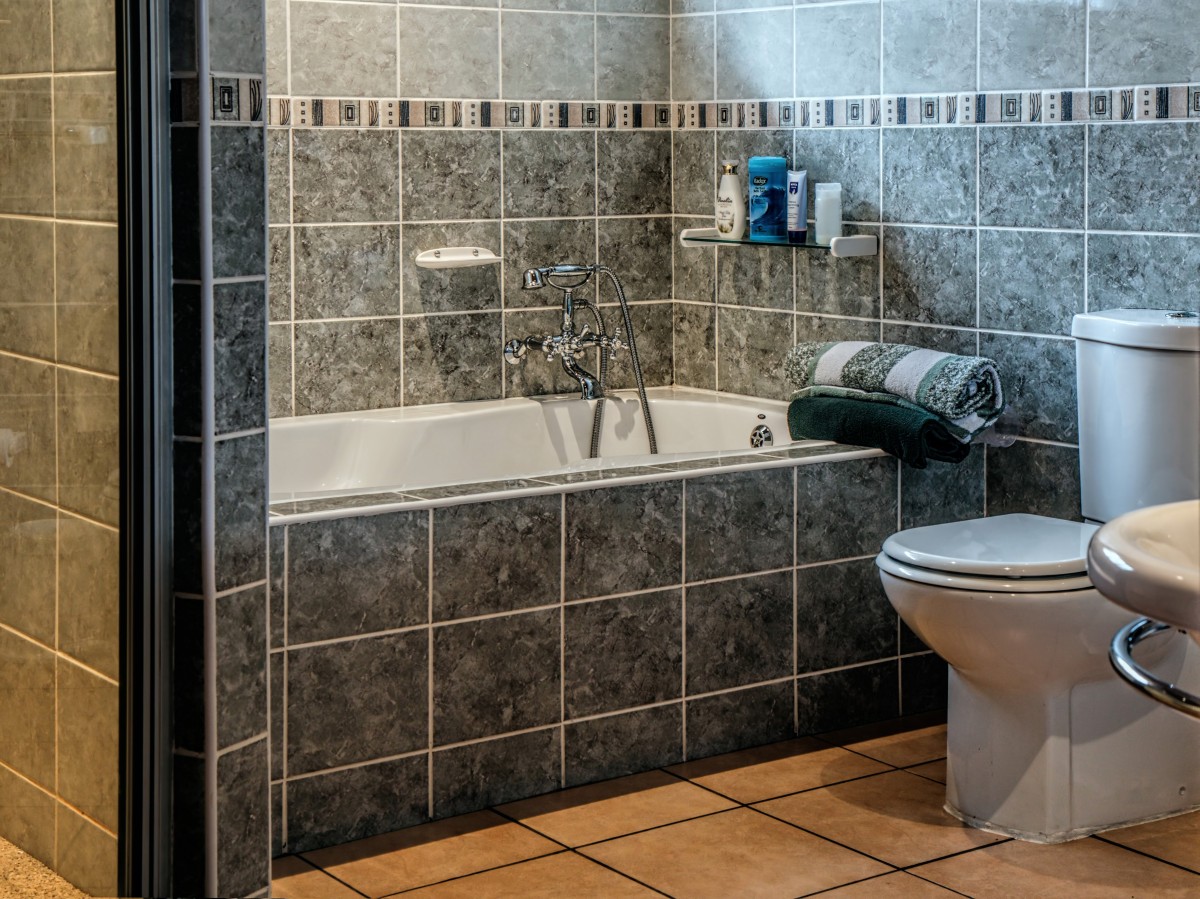
Finishing a bathroom is a costly and difficult process, in which the choice of finishing material will be the key to a good quality of work performed and a long service life of the room as a whole. Such material should be selected taking into account many aspects, ranging from external beauty and selection of style to ease of installation and ease of maintenance of tiles.
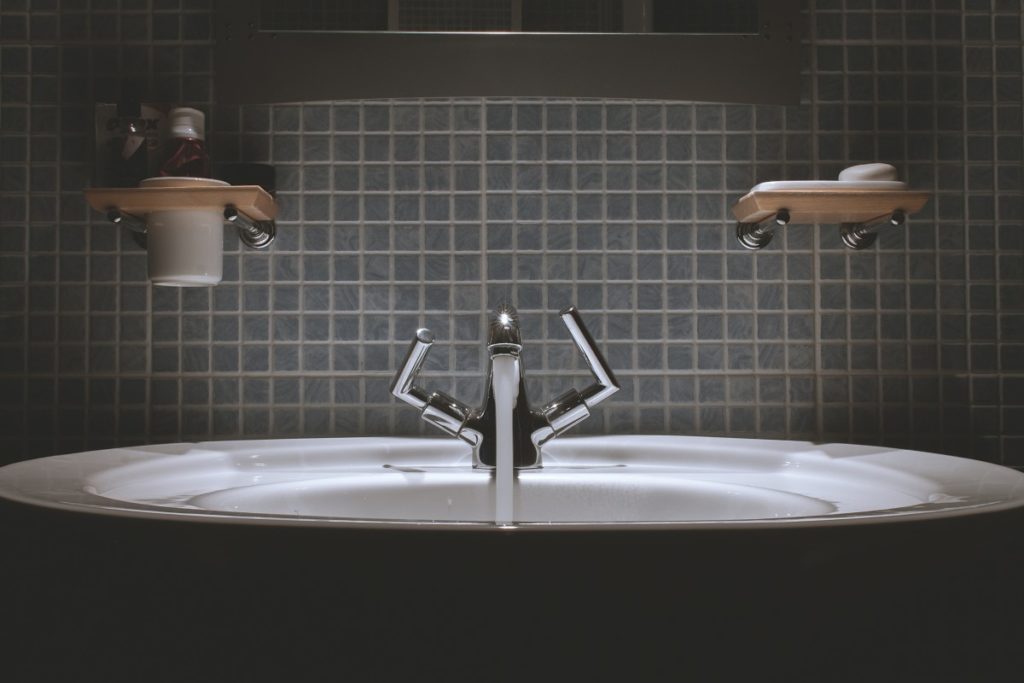
Content [Hide]
Tiles in the bathroom - general information
This type of material is extremely popular for decorating bathrooms. The reason for this is its excellent aesthetic and operational qualities:
- Long service life - well-laid tiles (both on the floor and on the walls) may not change their original appearance for years. The question of replacing it may arise only because the design is outdated. Accordingly, this will be the reason for updating the bathroom.
- Moisture resistance - in the bathroom there is always an increased level of humidity, because. after taking water procedures, a large amount of steam remains in the air. This is especially true for some areas of the room (bath bowl, washbasin, shower), where water will directly accumulate. The tile will protect the walls from the penetration of moisture into the thickness of the supporting base, while it itself will not suffer.
- Comfort of operation - the tile is initially produced using a technology that implies ease of care for the material. It is allowed to wash it not just with a sponge or cloth, but even use abrasive products (for example, brushes) on it. Dirty spots that appear on the tiled surface do not eat in and are very easy to wash off / clean off.
- A variety of types of finishing material - this applies not only to shapes and sizes, but also to visual design options. In addition to traditional rectangular and square shapes, the market may well provide the buyer with polygonal, rounded and geometrically complex uniforms.
- Laying variability - the same sample can be applied to the surface in different ways. It is possible to combine not only shades and colors, but also chips of different shapes. Thus, the number of finish combinations available increases exponentially.
- The simplicity of the laying process - if we are not talking about complex forms, then installation can be done independently even by a beginner - the main thing is to follow the instructions that are usually provided by the manufacturer of tiles or glue. You only need to spend some time on a detailed study of technology.
Of the main drawbacks, only one can be distinguished - some tile options made at the designer level and from expensive materials, in a non-standard form - will require significant financial investments in relation to the acquisition of the required number of tile chips.
Basic manufacturing materials
The most popular of them include:
- Porcelain stoneware is a standard variation, quite simple in terms of installation. Due to its hard and dense surface, chips made of such a material will become an ideal floor covering in the bathroom, because they pass water extremely poorly along the inter-seam distances. The main thing is that these very inter-seam distances must be properly sealed.
- Stone tile - it gives the whole room a more natural natural touch. However, the installation of tiles must be done very well, because some mineral bases can easily pass water, due to their natural porosity.Is an expensive option. The most suitable in this case is marble, but it will require proper care, because. easily gets dirty, and over time it can crack or scratches form on it (with careless handling).
- Stone tile - it costs a little more than porcelain stoneware (ceramics), but will not yield to it in terms of operational properties. Its main advantage is the full-fledged possibility of combining with chips made of other materials.
Mandatory technical specifications and their marking
The finishing material under consideration is subject to special technical requirements: it must not pass water, be resistant to corrosion, have overall good wear resistance, its laying should not present any particular difficulties (if you know the technology). Initially, any chip should not have scratches or other defects through which water can penetrate, fungal spores or harmful bacteria can spread. Also, the coefficient of friction, even on a wet surface of such consumables, should not exceed 0.4 units. If the tile is intended exclusively for flooring, then on its packaging there is a marking with the image of a corrugated boot sole inclined at an angle.
- Moisture resistance
Products for bathrooms are characterized by reduced water absorption (less than 5%). If the material still has some pores (due to its technological features), then they should be very small. Otherwise, moisture and dirt will easily accumulate in them, which over time will lead to the formation of large cracks or the development of mold. Glass samples have the highest moisture resistance.However, today's technology allows the production of some porcelain stoneware models that are specially equipped with dirt-repellent qualities.
- Chemical resistance
This indicator means the ability to resist the spread of corrosion and the destructive effects of aggressive chemicals. As a rule, walls and floors in bathrooms (especially for general use) are cleaned with strong alkalis or acids, which can leave marks on poor quality coatings. Chemical resistance is marked with the letters "AA", "A", "B", "C" and "D", where the first means the greatest resistance.
- General wear resistance
Resistance to general abrasion is one of the main qualities that a floor tile should have. Marking this property is indicated by Roman numerals from I to V, which are placed next to the icon of a saw with notches. In a foreign classification, the abbreviation "PEI" may appear next to the numbers. As a result, wall tiles may have low wear resistance, which will be marked “I”, but floor variations should already have at least the designation “II” or “III”.
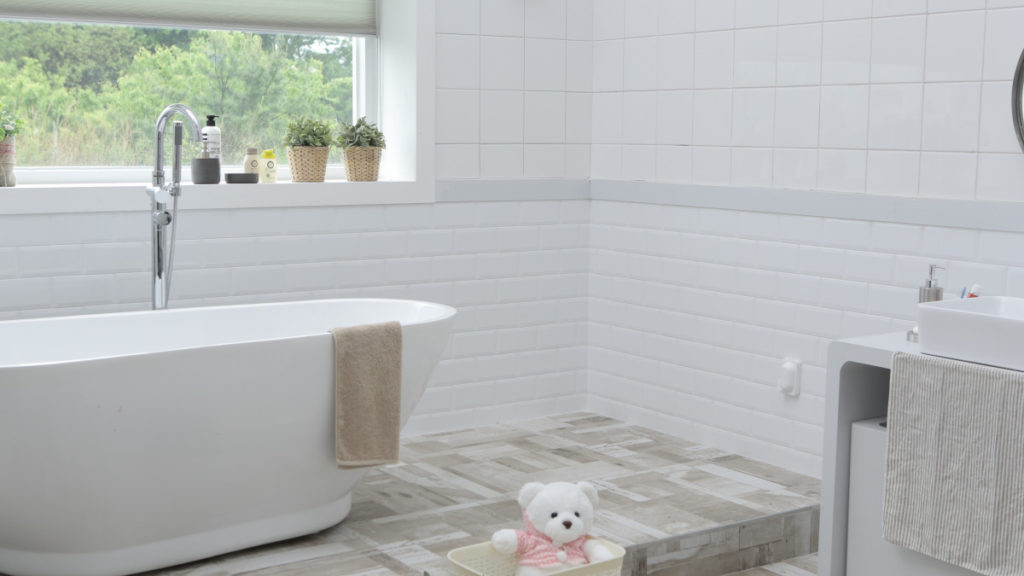
Tile sizes
Their choice will depend on the overall interior and the area of the room to be tiled:
- Mosaic (the smallest chips) - its components usually have a regular square shape, where each chip can have a side with a length of 1 to 5 centimeters.
- Small - the size of such chips varies from 6 to 15 centimeters. It will not be difficult for them to even lay out a simple ornament or some repeating elements, for example, stylized “honeycombs”.
- Large - in such chips, one side has a length of more than 40 centimeters. Recommended for use over large areas.
IMPORTANT! For small bathrooms, professionals recommend using consumables with an average size, in which the side is 15-30 centimeters. Large chips are perfect for laying out on the floor, and mosaics or drawings are best laid out on the walls.
Type of tiled surface
This characteristic should also be selected depending on the conditions for the future operation of the tile:
- Glossy - for such a surface is characterized by easy maintenance, external brightness and the presence of reflective qualities. It is due to these qualities that you can visually expand the area of \u200b\u200bthe room. However, visible soap stains remain very easily on such a surface after washing. Also, if the sun's rays directly fall on the surface, then for some people this can become an annoying irritation to the eyes.
- Matte - this surface glare is somewhat softer, because. its rough surface successfully scatters light rays. The material can also be laid on the floor, but its darker shade will visually reduce the volume of the room, therefore, such consumables are more recommended for wall cladding.
- Mirror - such a surface will be very difficult to maintain, but it will maximize the visual volume of the room. Laying is possible both on the ceiling and on the wall, less common on the floor (almost never). It is desirable to provide the inter-seam distance between the chips with special anti-reflective inserts.
designer style
This design parameter is considered by many professionals to be the most important. Each room stylization will have its own colors, ornaments and chip sizes. It is for the bathroom that the following six design styles are most popular:
- "Classic" - is a traditional variation, which means a combination of a light top with a dark bottom, between which there is a border with some bright ornament. The floor in this style can be laid out with both dark and light chips (the herringbone or chessboard laying option is used as standard). This style is characterized by beige, pastel, white and dark brown tones.
- "Eastern" - it is dominated by slabs painted in a bright ornament. These can be drawings of fruits, flowers or birds. The colors are also appropriate - blue, bright blue, yellow, red, green and golden.
- "Provence" - porcelain tiles with certain shades are used for it (olive, pale blue, purple, lavender, lemon, beige). The surface of the chips can be both glossy and matte. Twisted floral ornaments are characteristic. Intermediate inserts with wood styling, decoupage technique or engraving are possible. The effect of the "aged" surface is also welcome.
- "Minimalism" - to perform this style, you will need chips with small dimensions, approximately 10x10 or 20x20 centimeters. Most often, monochrome shades or calculations from simple geometric ornaments are used - waves, stripes, cells. The style is characterized by restrained colors, which is emphasized by the use of only 2-3 color variations per decor.
- "Loft" - here an urbanistic picture should be presented in the form of stylization of surfaces for metal, brick or concrete. At the same time, the “loft” welcomes the presence of the effect of aging, which gives more authenticity. A combination of different materials is allowed: some walls are stylized as brick, the opposite as metal. The colors used are extremely discreet - beige, gray or white.
- "Hi-tech" - with this style, restrained shades are again used, moreover, uniform (without a gradient) - gray, black, white. Ornaments and drawings are completely absent, they are replaced only by strict and long straight lines that do not create complete geometric shapes.
Colors
It is for bathrooms that most designers consider light colors to be acceptable. These include:
- Beige;
- "Sea sand";
- Lactic;
- Cream;
- White.
They are considered neutral and can go well with the whole palette. Moreover, at their expense it is possible to visually increase the volume of the room. Dark colors will make the installed tiles visually smaller, which will affect the external perception of the total area of the bathroom. In addition, dark tiles make soap stains more visible. It can also simply cause a depressing mood, which will have a bad effect on the psycho-emotional state of a person taking water procedures. The blue color is also quite suitable for decoration, because it is a direct association with water. The combination of its various shades, from purple to light blue, will help create an overall spectacular design. On blue shades, it is also possible to create marine ornaments and paintings - waves, starfish, ships, pearls and corals.
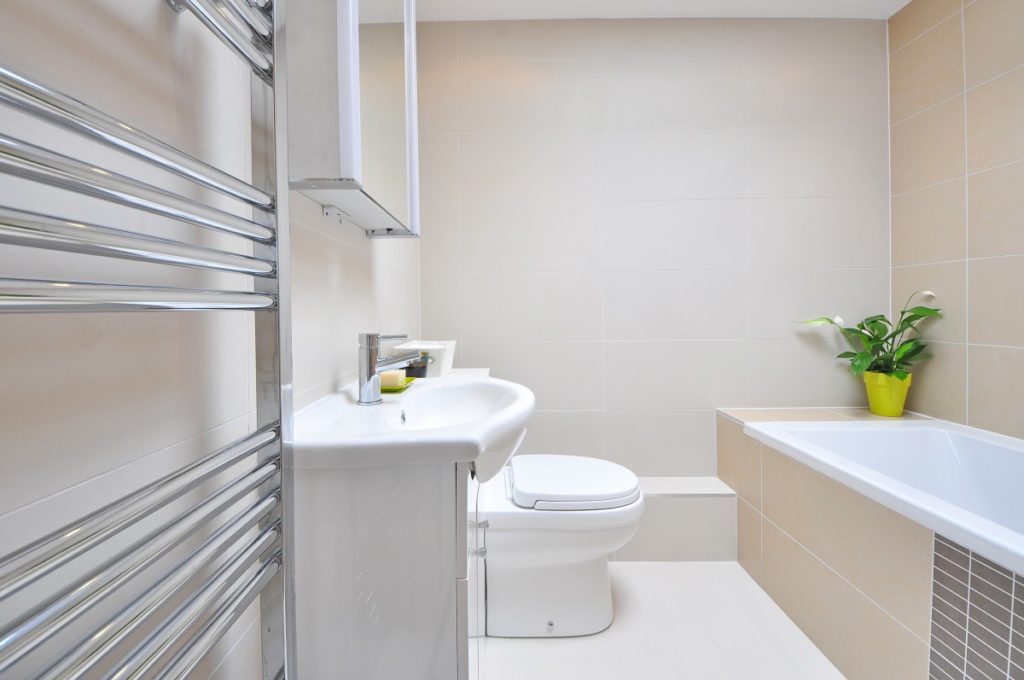
Difficulties and mistakes of choice
From the point of view of master finishers, the following consumables should not be used for cladding bathrooms:
- Low quality and grade - its proper laying will require more thorough preparation of the base for tile installation. And here disparate costs will arise - it is easier to spend a little more money on high-quality consumables than to spend a lot of money on preparing the base (leveling procedures, etc.). Moreover, such tiled material will not last even five years.
- From outdated collections - models that have not been produced for a long time (but are on sale at a significant discount) may well not correspond to modern installation technologies. If you buy such material, then you should take care of its additional stock so that an incorrectly laid or damaged chip can be quickly replaced;
- One-color square chips - calculations based on them will create a one-sided design solution in the room, which will hardly even be called classic. It is preferable to use consumables with a short side, but with different patterns / patterns.
- With an unrealistic texture - here we are talking about a high-quality visual imitation of a particular material. Most often, this concerns the imitation of wood and marble, when the entire design of the chip is reduced by the manufacturer to only a poor-quality reproduction of a photograph of marble / wood on the surface of the tile.
- Too bright colors - with their complete dominance, they will simply cause irritation of the organs of vision, and if they are disproportionately combined with pastel colors, they will give the impression of inappropriate contrast.
IMPORTANT! It is advisable to choose floor / wall tiles based on the quality of the future lighting under which they will be located. Proper use of this parameter will help you choose the right texture and not miscalculate with the color scheme (warm or cold).
Rating of the best bathroom tiles for 2025
Budget segment
3rd place: “Sensa Green Gold Mosaic for kitchen backsplash, bathroom, wall decoration and furniture decor 30.5 cm x 30 cm”
votes 0
This is a special type of mosaic, distinguished by its unusual texture and unique pattern.It is positioned as an elite and exclusive finishing material, which is made of high quality glass. It can be successfully used in the decoration of vertical and horizontal surfaces, bringing richness and sophistication to the interior. The material is easy to care for and can be cleaned with traditional detergents. Such a mosaic will fill the room with a bewitching play of light and mother-of-pearl tints, emphasizing the high status and good taste of the owner of the room. The recommended cost for retail chains is 424 rubles.
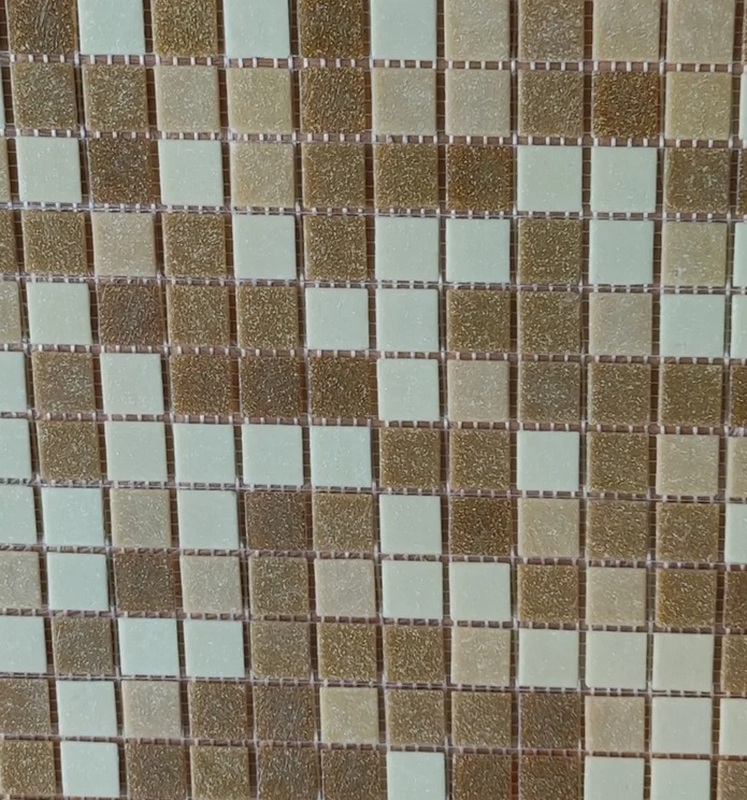
- Stunning, luxurious appearance of a shining mother-of-pearl finishing material;
- High strength and durability;
- Natural and environmentally friendly finishing material;
- Minimum water absorption allows use in rooms with high humidity;
- Easy care, cleaning is done with conventional detergents;
- All elements are already assembled on a durable flexible mesh, which significantly speeds up the laying process.
- Not detected.
2nd place: "Glassy" glass bathroom tiles"
votes 0
This item is decorative. It is used for finishing walls inside rooms with high humidity. The surface is glossy and smooth. White color. Glass is a fairly durable material that easily tolerates temperature changes and at the same time retains its original appearance for many years. It is water-resistant, which allows it to be used in various residential areas. It is resistant to strong chemical abrasives, while dirt from the surface is removed very easily and does not leave damage.It perfectly reflects light, therefore it is applicable in small rooms that lack natural light. It visually expands the space, making the room more lit and creating an atmosphere of airiness. The recommended cost for retail chains is 1010 rubles.

- Provides a visual expansion of the lined space;
- Washes well;
- Provides the required strength.
- Not detected.
1st place: "Euro-Ceramic" Calacatta "3KL 0005 40 cm x 40 cm"
votes 0
Samples of the Calacatta series imitate the surface of marble, which is synonymous with luxury. Calacatta is a white Italian marble, the most sought after in the world, highly valued by natural stone experts. This rare type of rock is mined on the Italian coast, near the city of Tuscany. Thanks to its appearance, "Calacatta" gives the interior sophistication and sophistication. It brings a sense of luxury and well-being to the space. The recommended price for retail chains is 1550 rubles.

- Exquisite design solution;
- Proper strength and moisture resistance;
- Current price.
- It is necessary to have a margin of 7-10% before laying, because. it may be necessary to trim individual chips.
Middle price segment
3rd place: "Premium" glass bathroom standard size 20x20 mm"
votes 0
The green product is suitable for interior decoration. Looks good as a decor in the bathroom, shower room, pools, steam rooms. The glass cells are immediately glued onto the fiberglass mesh, which can be cut according to the wall design.The random arrangement of colors does not give a clearly strict pattern, so installation is possible in any order, without worrying about observing the pattern. The tile is durable, waterproof, heat-resistant, frost-resistant, resistant to treatment with any household detergents. When laying, specialized glue and grout are used. The laying surface must be perfectly level. The recommended cost for retail chains is 1800 rubles.

- Any arrangement of segments is possible;
- Easy wash;
- Lots of protective features.
- Mandatory leveling of the surface to the highest possible level;
- The need to use special glue and grout.
2nd place: “Premium glazed bathroom tile with a chip 30x30 cm”
votes 0
The model is made in beige-brown tones, which is a combination of pleasant design and durability. The coating has excellent performance characteristics: resistant to temperature changes, durable, not afraid of moisture, does not slip. It is used for finishing both indoors and outdoors: it is possible to pave adjoining areas, facades, pools. Inside the premises, walls and floors are tiled with ceramics in the hallway, kitchen, and bathroom. The recommended cost for retail chains is 1900 rubles.

- Strength and durability;
- Versatility;
- Water resistance;
- Environmental friendliness.
- Not detected.
1st place: "Skalini 266" size 29.5 cm x 29.5 cm.
votes 0
This mosaic tile can be used almost everywhere: bar counter, rooms, walls, decoration of columns, hamams and showers, pools and baths, for wall cladding in the bathroom, etc.The decor of the tile surface is marbled, the chips are immediately laid on special paper. Dimensions and weight may vary. The recommended cost for retail chains is 2200 rubles.

- Practical versatility;
- Current value for money;
- Easy styling.
- Not detected.
Premium class
3rd place: "Gracia Ceramica Sputnik white", size 60 cm x 25 cm"
votes 0
This ceramic white marble effect tile is recommended for wall cladding in the bathroom. The large size of the chips suggests the use for laying in the form of a floor covering. Has the right level of roughness. It washes well and does not require precise installation in the form of a specific "chip-to-chip". The recommended cost for retail chains is 2500 rubles.

- Big size;
- Precise mounting is not required;
- Good water resistance.
- Not detected.
2nd place: "Majolica Decor Ornament" model AC44, chip size 20 cm x 20 cm"
votes 0
This ceramic product has a unique Iznik pattern and can retain its appearance for many years without losing color or abrasion of the image. Resistant to moisture and chemical cleaners. Surface and texture - glossy and glazed. It is used for lining bathrooms, which is typical for a pattern made in blue colors. The recommended cost for retail chains is 12,100 rubles.

- Stylish design drawing;
- Sufficient chip size;
- Quality texture and surface.
- Somewhat overpriced.
1st place: "Natural 0195", size 30.5 cm x 30.5 cm, chip shape - non-standard"
votes 0
The model is recommended for facing any premises with high humidity - from bathrooms to kitchen aprons. The surface and texture are glossy. Good European quality implies a fairly simple installation. Does not require the use of specialized adhesives and grouts. The recommended cost for retail chains is 12,500 rubles.

- Does not require specialized adhesives and related solutions;
- Easy styling;
- Stylish texture.
- Somewhat overpriced.
Conclusion
You should never buy the remnants of the old tile collections that are no longer in production. For their full-fledged finishing, it may be difficult to find any related or applied elements (from inserts to inter-seam materials). Problems can also arise with the search for spare tiles. Modern types and collections of tiles - that's the best solution!
new entries
Categories
Useful
Popular Articles
-

Top ranking of the best and cheapest scooters up to 50cc in 2025
Views: 131650 -

Rating of the best soundproofing materials for an apartment in 2025
Views: 127689 -

Rating of cheap analogues of expensive medicines for flu and colds for 2025
Views: 124518 -

The best men's sneakers in 2025
Views: 124031 -

The Best Complex Vitamins in 2025
Views: 121938 -

Top ranking of the best smartwatches 2025 - price-quality ratio
Views: 114979 -

The best paint for gray hair - top rating 2025
Views: 113394 -

Ranking of the best wood paints for interior work in 2025
Views: 110318 -

Rating of the best spinning reels in 2025
Views: 105328 -

Ranking of the best sex dolls for men for 2025
Views: 104365 -

Ranking of the best action cameras from China in 2025
Views: 102215 -

The most effective calcium preparations for adults and children in 2025
Views: 102011
